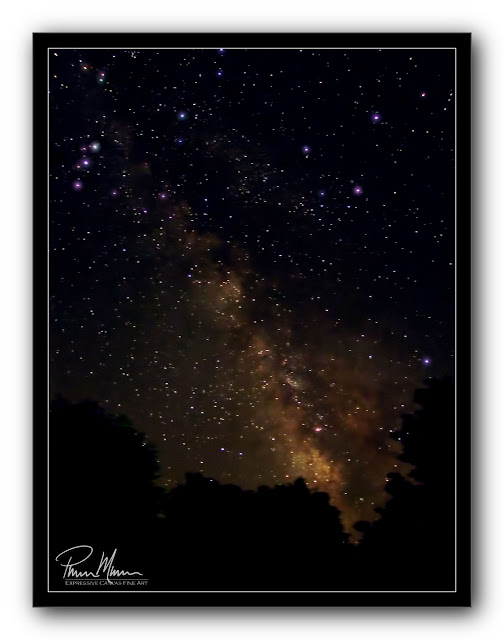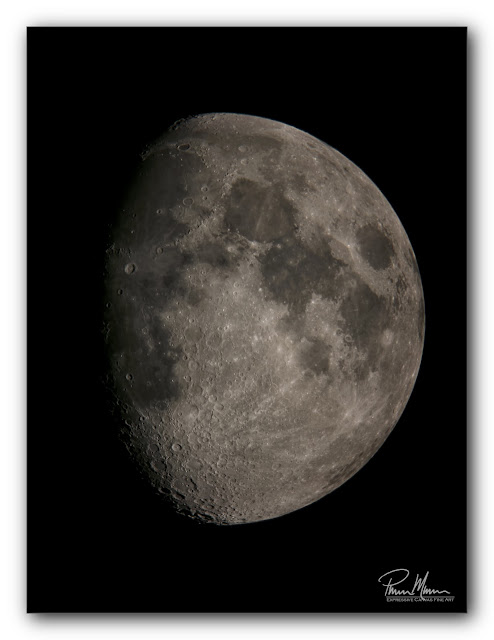Smaller Solar Filter for Smaller Telescope

Until recently, I've been using my usual photography-based cameras for my astrophotography. I'm not going to get into details here but using those everyday cameras is not ideal for most astrophotography (it's okay for some things but not ideal for most) so I purchased two astronomy cameras. One camera captures high speed video in color and the other camera captures high speed video in monochrome. Capturing video provides me with many frames to stack as images in a very short period of time. Stacking the images provides a lot of benefits including less noise, more details and cumulative exposure. With these cameras and a fast computer, I can capture hundreds of video frames (which are images) in just a few short seconds. And that is at 6mp. Many low end astronomy cameras are less than HD resolution, one or two are at Full HD resolution and my cameras happen to capture larger images at 6mp so I'm happy with that too. I have two ...








